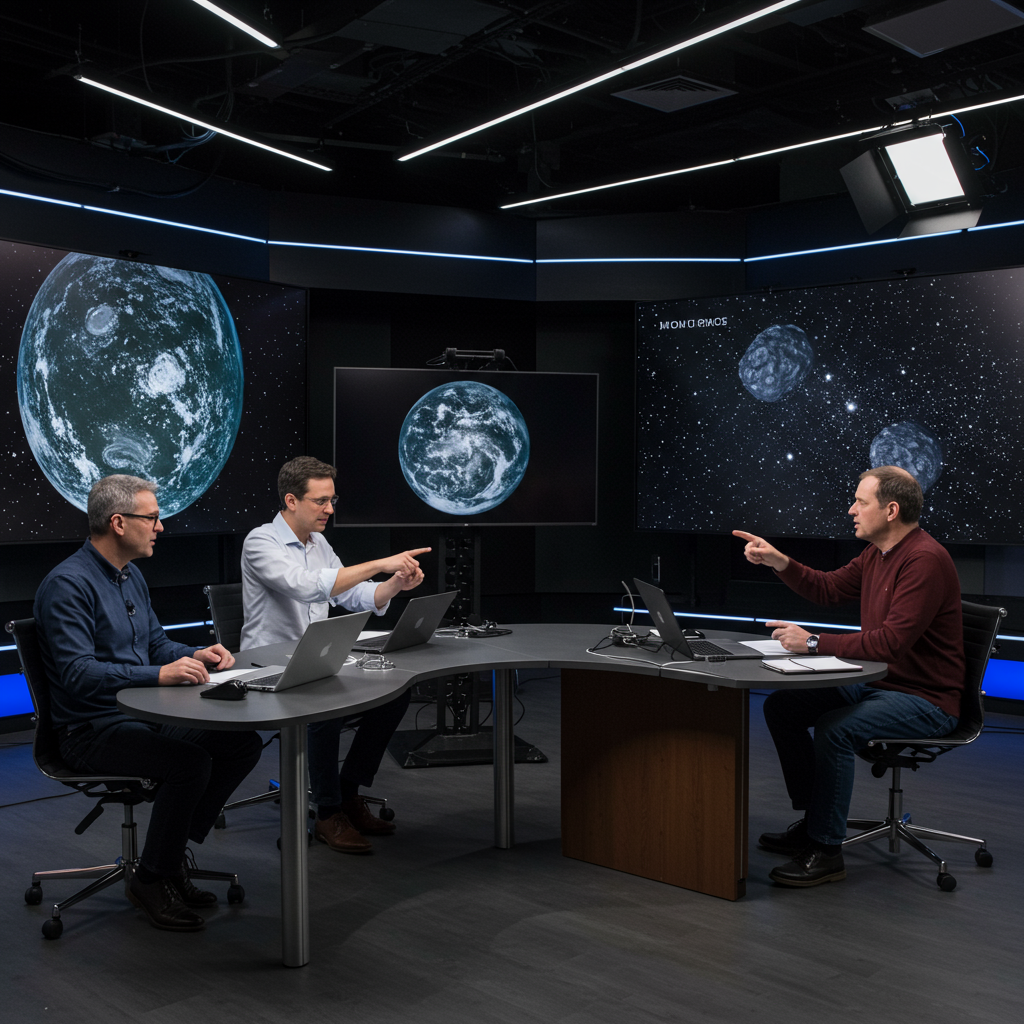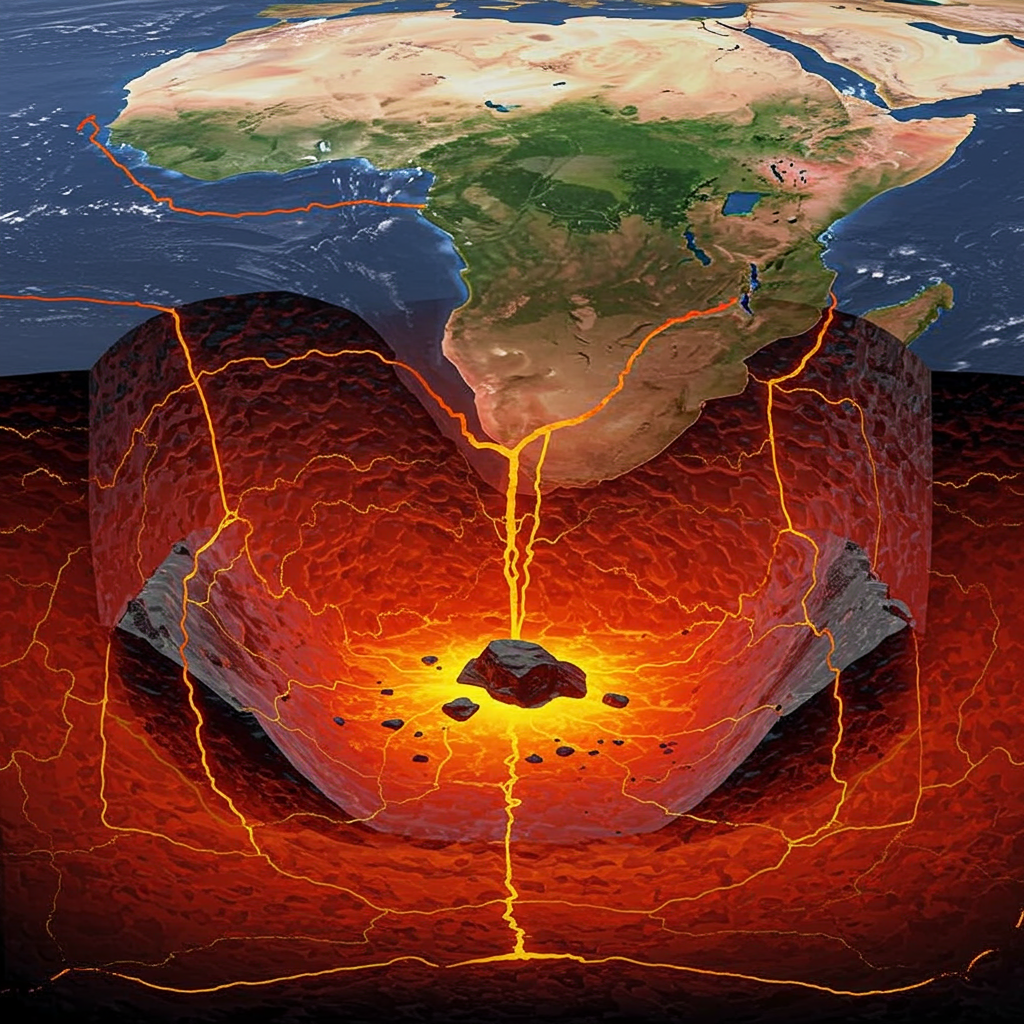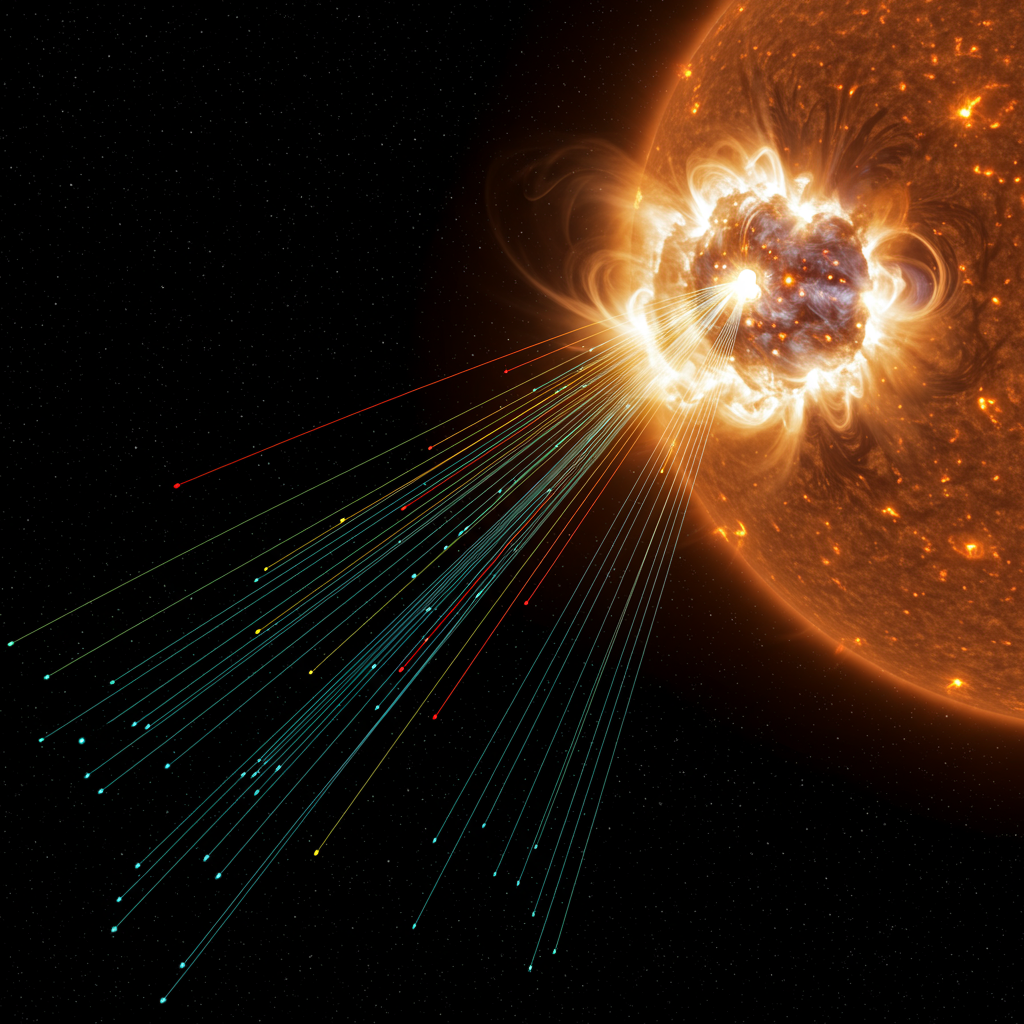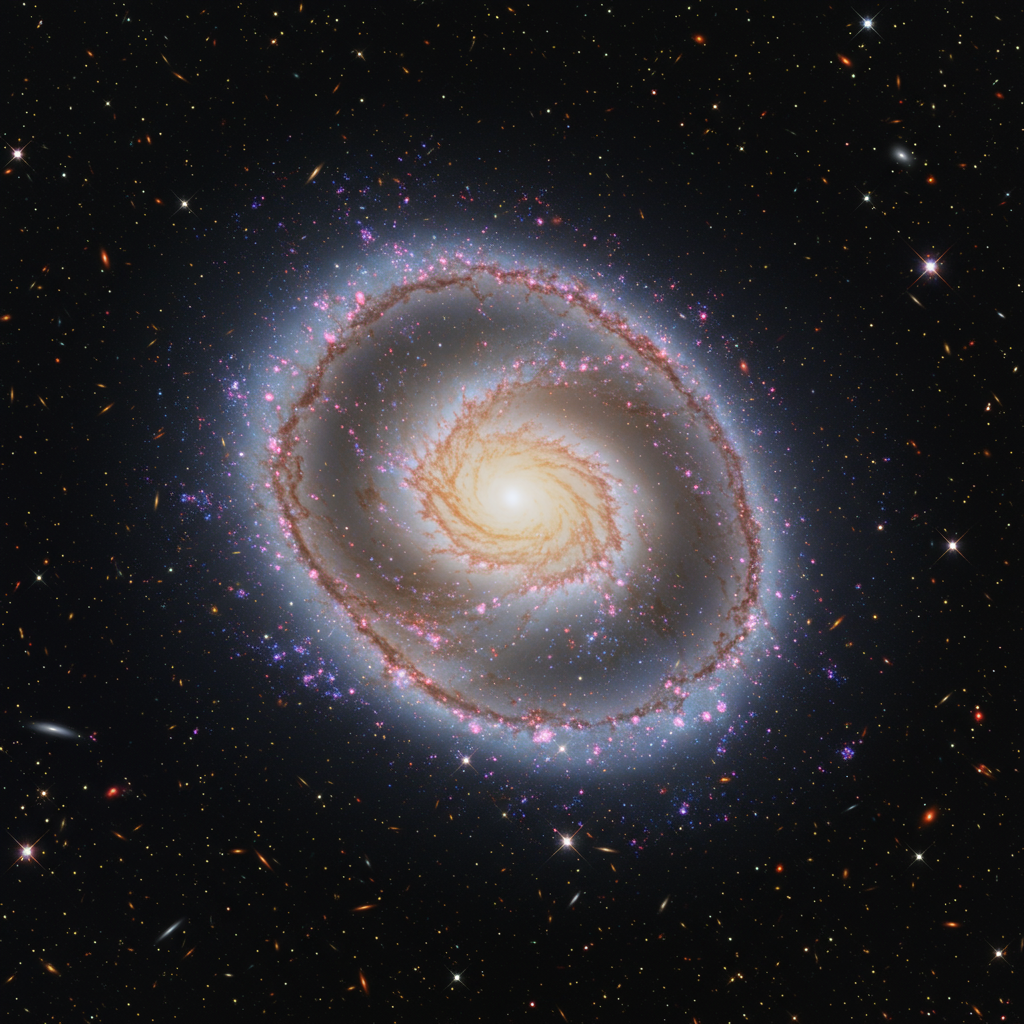Get ready to peer into the cosmos from your own home! World asteroid Day 2025 is rapidly approaching, offering a unique opportunity to witness real-time views of near-Earth asteroids (NEAs) and delve into the fascinating world of these ancient solar system travelers. This year holds special significance, marking the 10th anniversary of this global observance. On June 30, you can join astronomers and experts for a free online live stream that brings these distant objects within virtual reach.
What is World Asteroid Day and Why Does it Matter?
World Asteroid Day, held annually on June 30, is a United Nations-backed global event dedicated to raising public awareness about asteroids. It highlights their crucial scientific value and underscores the vital importance of planetary defense efforts. The date itself is no coincidence; it commemorates the anniversary of the 1908 Tunguska event. On that day, a large meteor detonated over Siberia, flattening millions of trees across a vast area and triggering widespread forest fires – a stark reminder of the potential hazards from space.
The concept for World Asteroid Day gained momentum after the 2013 Chelyabinsk meteor explosion over Russia, which injured many and highlighted the real threat of unexpected impacts. In 2014, figures like astrophysicist Brian May championed the cause, leading to the UN officially recognizing June 30 as International Asteroid Day in 2016. The day encourages people worldwide to learn about Near-Earth Objects (NEOs) and the strategies scientists are developing to prevent potential future collisions. The 2025 observance marks a decade of this focused global attention.
The Scientific Secrets Held by Asteroids
Asteroids are more than just potential threats; they are rocky remnants left over from the early formation of our solar system some 4.6 billion years ago. Studying them provides invaluable clues about the conditions and materials present when our planets were born. These objects, ranging from pebbles to over 500 kilometers across, are typically composed of rock, metal, or a mix, sometimes with ice.
Most asteroids reside in the main belt between Mars and Jupiter. However, Near-Earth Asteroids (NEAs) follow orbits that bring them relatively close to Earth’s path. Scientists classify them based on composition, including C-type (carbonaceous, dark), S-type (stony, brighter), and M-type (metallic). Missions like NASA’s Lucy probe are specifically designed to explore these ancient bodies, including the distant Trojan asteroids near Jupiter, to better understand the building blocks of our solar system and potentially the origins of life. Lucy’s practice flyby of asteroid Donaldjohanson in April 2025, for instance, tested instruments to study composition and gather data.
Join the Live Celebration: Watch Near-Earth Asteroids Online
One of the most accessible ways to participate in World Asteroid Day 2025 is by tuning into a dedicated live stream. The Virtual Telescope Project is hosting a special online event specifically for the occasion.
This free live stream will offer real-time views of Near-Earth Asteroids as observed by their robotic telescopes. Astronomers will guide viewers, discussing the characteristics of the asteroids being observed and the potential impact risks these enigmatic space rocks pose. It’s a unique chance to see these faint, fast-moving objects as professional telescopes track them.
Live Stream Details You Need to Know
What: Real-time live stream of Near-Earth Asteroids
When: June 30, 2025, starting at 5 p.m. EDT (which is 2100 GMT)
Where: The official Virtual Telescope Project YouTube channel
Cost: Absolutely Free to watch online
This event offers a comfortable way to engage with space science and observe NEAs without needing your own telescope.
Protecting Our Planet: The Evolution of Planetary Defense
Earth bears the indelible scars of past asteroid collisions. The most famous example is the Chicxulub impactor, widely believed to have triggered the mass extinction event that wiped out the dinosaurs, drastically altering life’s evolutionary course. While such catastrophic events are exceedingly rare today, the potential risk motivates significant global efforts.
Scientists diligently scan the skies for potentially hazardous objects. To date, over 30,000 Near-Earth Objects (NEOs) have been discovered and tracked by centers like NASA’s Center for Near Earth Object Studies (CNEOS). The good news is that, based on current data, no known large asteroid capable of causing widespread destruction is projected to strike Earth within the next 100 years.
Planetary defense is no longer just science fiction. The international community, led by space agencies like NASA and the European Space Agency (ESA), is taking tangible steps. Annual Planetary Defense Conferences bring experts together to simulate hypothetical impact scenarios and refine response strategies. These exercises highlight complex challenges, from mission planning speed to public communication during a potential crisis.
Successes in Deflection: The DART Mission
Beyond simulations, real-world tests have proven promising. A landmark achievement was NASA’s Double Asteroid Redirection Test (DART) mission in September 2022. DART intentionally collided with Dimorphos, a 160-meter-wide moonlet of the larger asteroid Didymos. This kinetic impact successfully altered Dimorphos’s orbit, demonstrating that crashing a spacecraft into a small asteroid is a viable method to significantly deflect its trajectory if needed. ESA’s upcoming Hera mission, scheduled to visit the Didymos system in December 2026, will provide a detailed look at the impact’s aftermath.
Revolutionizing Asteroid Discovery: The Vera Rubin Observatory
The pace of discovering new Near-Earth Objects is set to accelerate dramatically thanks to next-generation observatories. Telescopic eyes around the world constantly scan the night sky, but the powerful new Vera Rubin Observatory in Chile promises to be a game-changer for asteroid hunting.
Although its primary mission focuses on mapping the universe to study dark energy and dark matter, the Rubin Observatory’s vast field of view and rapid scanning capability are proving exceptional for detecting transient objects like asteroids. Initial observations quickly highlighted this potential. In just a few nights, astronomers using Rubin identified 2,104 new near-Earth objects.
Experts are incredibly optimistic about the observatory’s future impact. Željko Ivezić, Deputy Director of Rubin’s Legacy Survey of Space and Time, noted that the observatory could discover up to five million more asteroids in the coming years. This rate would surpass two centuries of previous discovery efforts in a mere couple of years, vastly improving our census of NEOs and our ability to identify potential threats well in advance.
Celebrating Asteroid Day and Looking Ahead
World Asteroid Day events extend beyond scientific talks and live streams. Celebrations worldwide often include public lectures, exhibitions, workshops, and even art and science performances. Luxembourg City, for example, is hosting a significant 10th-anniversary event from June 26-28, 2025, blending art and science. Initiatives like the “100X Declaration” also encourage public support for accelerating asteroid discovery efforts.
The day serves as a vital moment to reflect on humanity’s growing understanding of asteroids and our increasing capability to address potential risks. The focus on planetary defense will continue to sharpen, with the year 2029 designated as the International Year of Planetary Defence, coinciding with the close (but safe) pass of asteroid 99942 Apophis to Earth.
Frequently Asked Questions
What is the significance of World Asteroid Day and June 30?
World Asteroid Day is a United Nations-recognized global event held every year on June 30. The day’s significance lies in raising awareness about asteroids – their scientific importance and the potential risks they pose. June 30 was chosen specifically to commemorate the 1908 Tunguska event, a large meteor airburst over Siberia that caused widespread devastation, serving as a historical reminder of asteroid impacts. The 2025 date marks the 10th anniversary of this global observance.
Where can I watch the free live stream for World Asteroid Day 2025?
You can watch a free live stream of Near-Earth Asteroids on World Asteroid Day 2025, June 30. The Virtual Telescope Project is hosting this special online event. It will be streamed live on their official YouTube channel, beginning at 5 p.m. EDT (2100 GMT). The stream will feature real-time telescope views and discussions with astronomers about asteroids and impact risks.
What are scientists doing to protect Earth from asteroid impacts?
Scientists and space agencies are actively working on planetary defense. This includes discovering and tracking Near-Earth Objects (NEOs) using telescopes like the new Vera Rubin Observatory, which can find thousands rapidly. Agencies like NASA and ESA hold annual conferences to simulate impact scenarios. Crucially, they are developing deflection technologies, demonstrated successfully by NASA’s DART mission in 2022, which proved a kinetic impact can alter an asteroid’s path.
—
World Asteroid Day 2025 offers a perfect opportunity to appreciate the dynamic nature of our solar system. From unlocking cosmic history through missions like Lucy to developing cutting-edge planetary defense systems and dramatically improving detection capabilities with observatories like Vera Rubin, scientists are constantly advancing our understanding and safety. By joining the live stream and engaging with the science, you become part of a global effort to learn about these fascinating objects and ensure the long-term safety of our planet. Mark your calendars for June 30!




